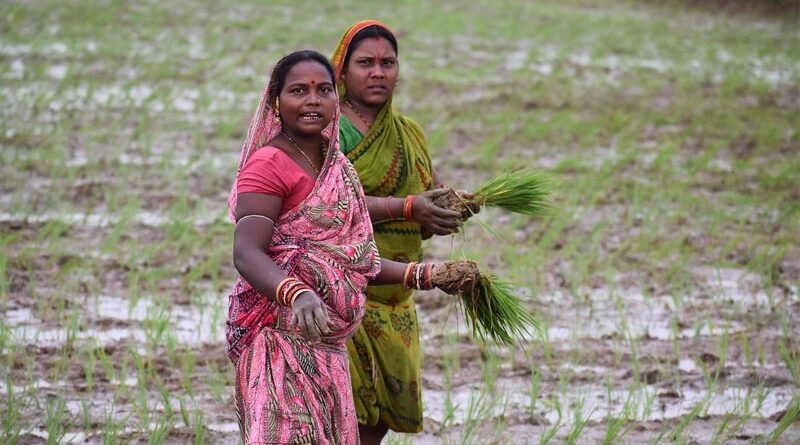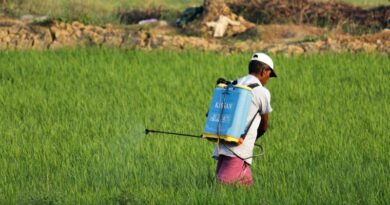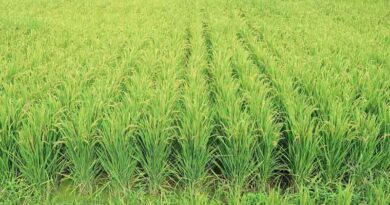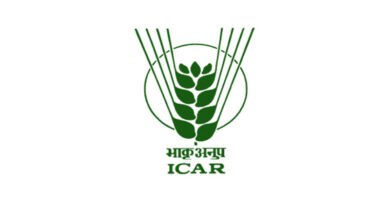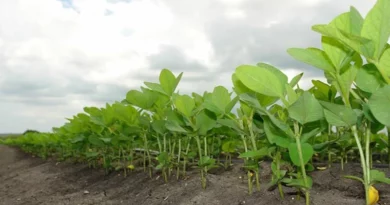Adapting traditional farming practices like ‘Krishi Panchang’ for climate-smart agriculture
Guest Author – Mr. Shailendra Singh Rao, Founder, Creduce.
12 February 2024, New Delhi: ‘Krishi Panchang’ refers to the traditional Indian agricultural almanac that provides vital information for farmers on the best times to undertake various agricultural activities based on the position of planets and stars. These almanacs have been in use for centuries to guide farmers on auspicious days for sowing, planting, harvesting, treatment of seeds, and other farm-related rituals.

As the climate changes and weather patterns become more unpredictable, there is a need to re-evaluate some of the recommendations in these traditional almanacs to make agriculture more resilient. Incorporating modern science and climate information into Krishi Panchang can promote climate-smart agricultural practices.
The Need for Climate-Smart ‘Krishi Panchang’
Weather patterns have changed compared to 50 years ago. Monsoons are more erratic, and droughts and floods are more frequent. For agriculture extremely dependent on monsoons, this increases vulnerability. As per Indian Meteorology Department (IMD) data, during the monsoon season of 2023, the country experienced rainfall equivalent to 94% of its long-term average (LPA). Among the 36 meteorological subdivisions, 9% of the country’s total area received excess rainfall, while 73% received normal rainfall. Additionally, 18% of the total area received deficient rainfall during the season.
Such distribution impacts crop yields. According to the Final Estimates released by the Department of Agriculture and Farmers Welfare for 2022-23, the total foodgrain production in the country reached 3296.87 million tonnes. This figure reflects an increase of 140.71 million tonnes compared to the production of 3156.16 million tonnes achieved in 2021-22.
To make agriculture more resilient, Krishi Panchang needs to factor in climate information and provide advisories aligned to weather forecasts and patterns in a particular region.
Integrating Climate and Weather Information
Modern weather forecasting uses climate models and historical weather databases to predict weather patterns months and seasons in advance. Their forecast for the 2022 Southwest monsoon was 99% of LPA with a model error of +/- 5%.
Such advanced climate and weather information were not available to ancient Indian astronomers who relied on planetary positions and moon phases to chart almanacs.
By integrating weather and climate forecasting models, the Krishi Panchang can become oriented towards the future rather than just the past. It can advise farmers to align cropping patterns based on predictions of an early monsoon, a delayed monsoon, or below-normal rainfall.
Promoting Climate-Resilient Crops
Certain traditional practices need to be re-evaluated in light of climate change. For example in regions with declining rainfall, the Krishi Panchang can promote drought-tolerant or short-duration crop varieties over water-intensive crops like paddy rice.
As per IMD data of 2023, the eastern and northeastern regions have recorded a deficiency of 17% (375.3 mm against a normal of 454 mm). The Krishi Panchang in such regions can guide farmers towards pulses, oilseeds, and millets that require limited water compared to paddy.
Similarly, heat-tolerant wheat varieties can be promoted over conventional wheat which is vulnerable to heat stress at the grain-filling stage leading to shriveled grains. The average temperature during India’s winter rabi cropping season has also increased. The temperature trend map from IMD covering the period between 1901 and 2023 indicates that a majority of the country is experiencing an upward trend in temperatures.
Emphasising Climate Risk Management
The traditional Krishi Panchang emphasized rituals and auspicious timings for farm practices. But climate-related risks like floods, droughts, and heat stress merit equal attention. The almanac can educate farmers about climate risk foresight and stress preparedness measures. It can guide regarding crop insurance, adoption of rainwater harvesting, groundwater recharge for supplemental irrigation, etc. It can also provide advisories on dealing with weather extremes – protecting crops from floods and cyclones, reducing heat stress impact through shading nets, etc.
Leveraging Technology for Customised Advisories
One limitation of traditional Krishi Panchang is providing generalized advisories at regional levels. But with modern ICT, satellite imagery, and weather sensors, it is possible to customize the advisories to the village or even farm level. Farming-oriented apps provide highly localized weather forecasts to farmers relevant to their area using AI and satellite data.
The modern Krishi Panchan’ can harness such technology to provide farm-level advisories based on soil health, groundwater availability, and hyperlocal weather predictions.
To conclude
The underlying science behind traditional Krishi Panchang may have limitations, but its integrative value for Indian agriculture is undisputed. Instead of rejecting it outright, blending it with climate science and technology can unlock its positive aspects while negating limitations. It can become the platform for promoting climate-resilient, water-efficient, and stress-tolerant farming. It can prepare farmers for weather surprises and climate extremes through advisories aligned to probability forecasting.
If adopted judiciously, the blend of ancient wisdom and modern science can make Krishi Panchang a powerful catalyst for climate-smart agriculture in India.
Also Read: World Pulses Day 2024: Will India become self-sufficient in Pulses?
(For Latest Agriculture News & Updates, follow Krishak Jagat on Google News)

